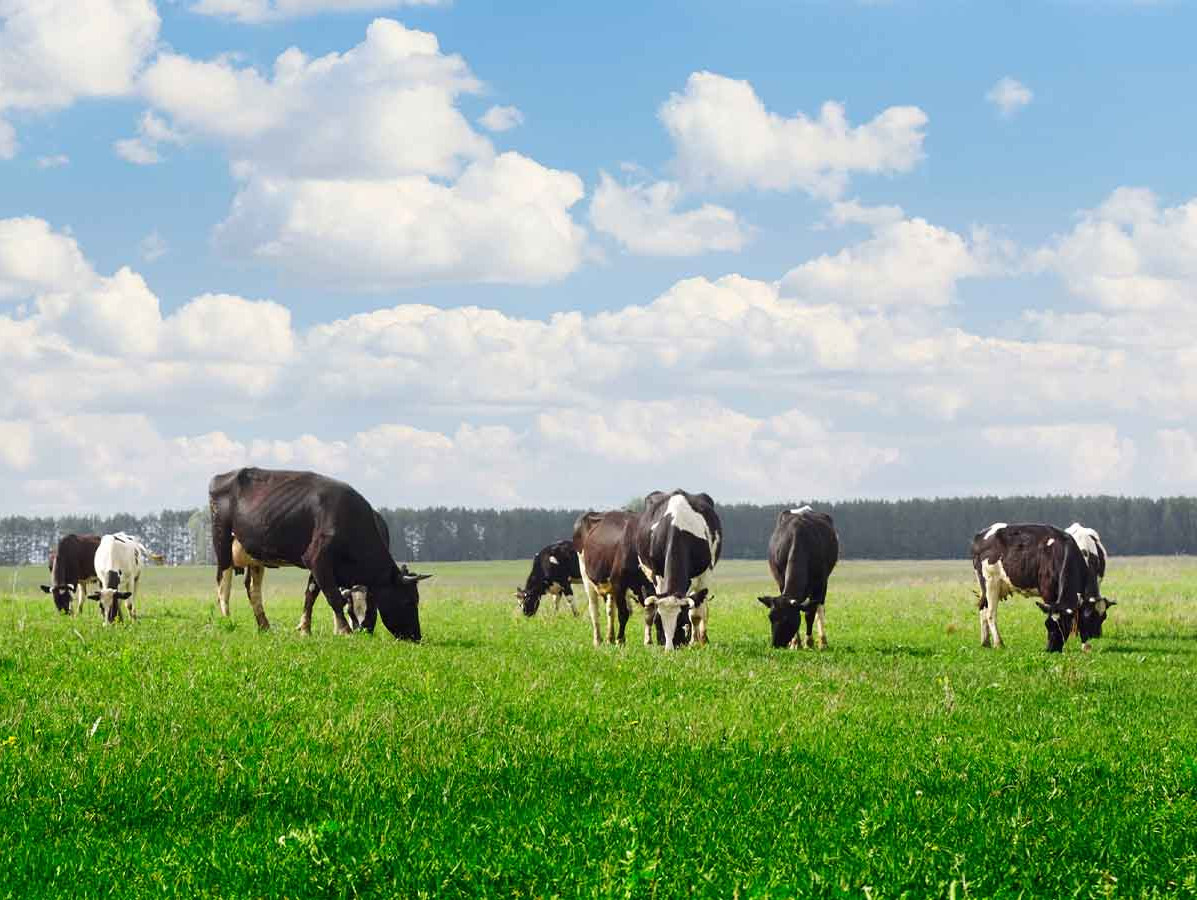
The dynamics of the global beef market are undergoing significant changes in 2024, with direct implications for the Dutch meat industry. This is evident from a recent report by Rabobank, which highlights the trends and shifts in the beef trade. These developments are impacting not just production, but also trade flows and price setting.
2024 marks a turning point in the beef market. Following a period of price divergence, the market is stabilizing yet remains sensitive to seasonal factors. Producers are gaining more influence over price setting, leading to increased dependence on seasonal conditions and producer sentiment. Global beef production is balancing out, with increases in Australia and Brazil offsetting declines in Europe and the US.
The demand for beef is expected to remain stable in 2024, though economic outlooks vary across different consumer markets. Limited wage growth and higher costs could affect consumption, potentially leading to regional differences. This puts global beef demand under pressure and could result in stabilization or even a decline.
A shift in trade flows indicates an increased focus on the American market. With reduced demand from China and strong domestic demand in the US, a shift in beef trade to America is already evident. If China's economic recovery is stronger than expected, this could lead to a tight global market and price increases. Despite these uncertain times, the beef market remains positive. With the US likely leading in price setting, trade volumes from Australia, New Zealand, Brazil, Canada, and Mexico are increasing, with value creation being central to the strategies of these markets.
Source: Rabobank